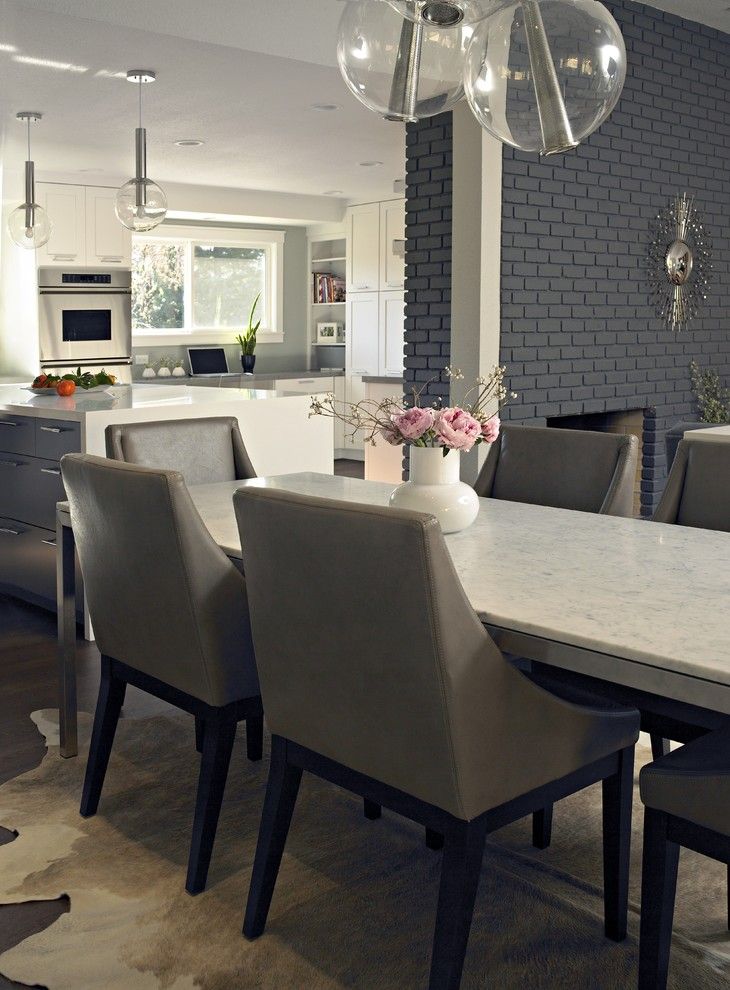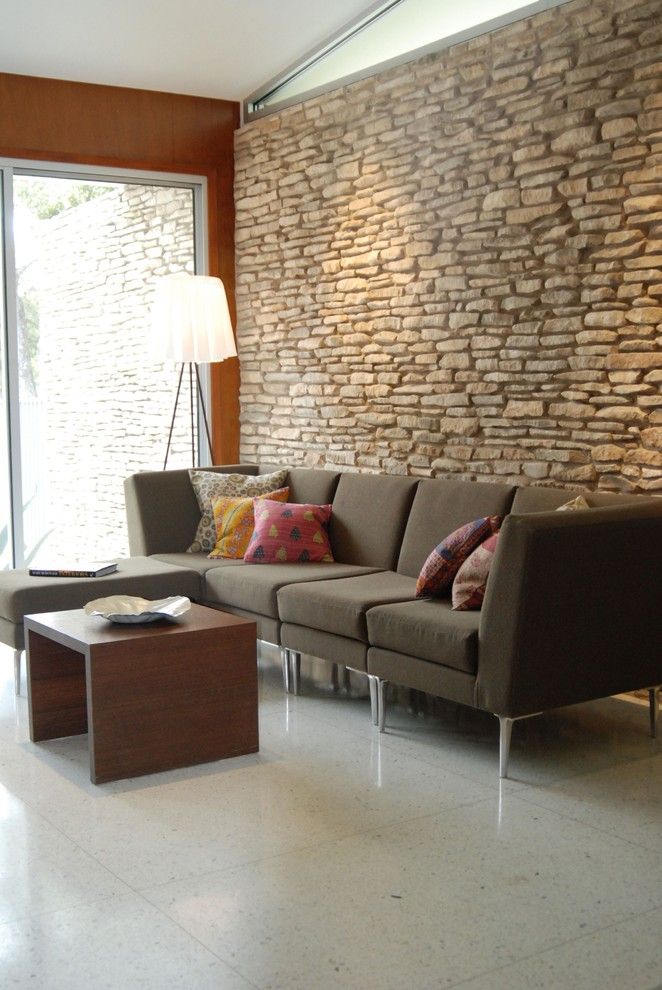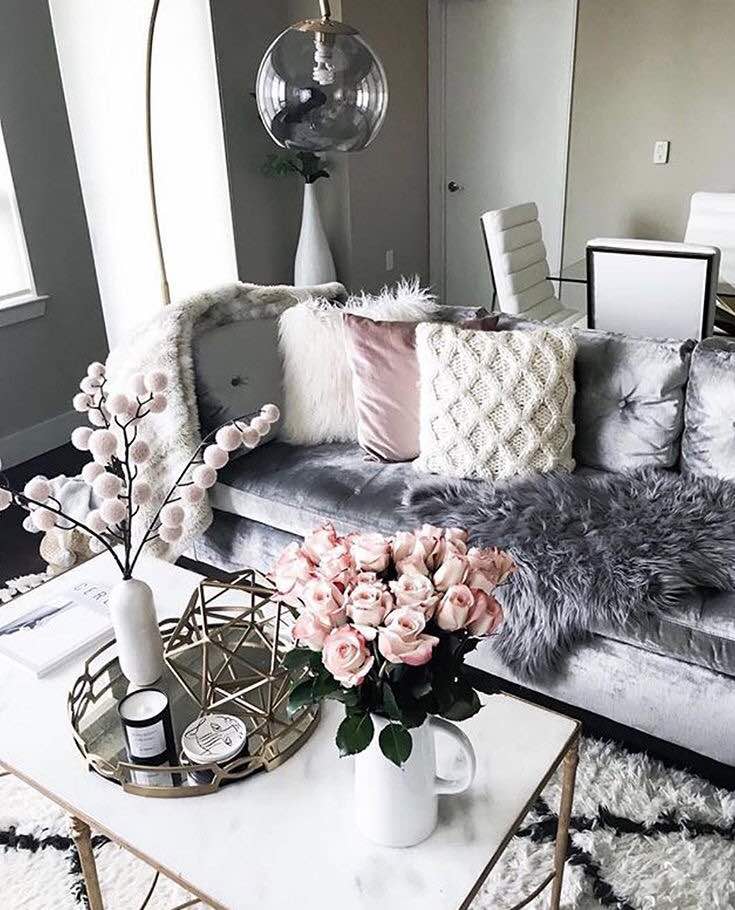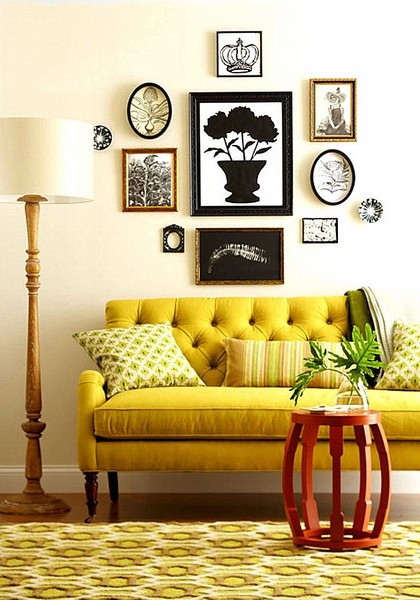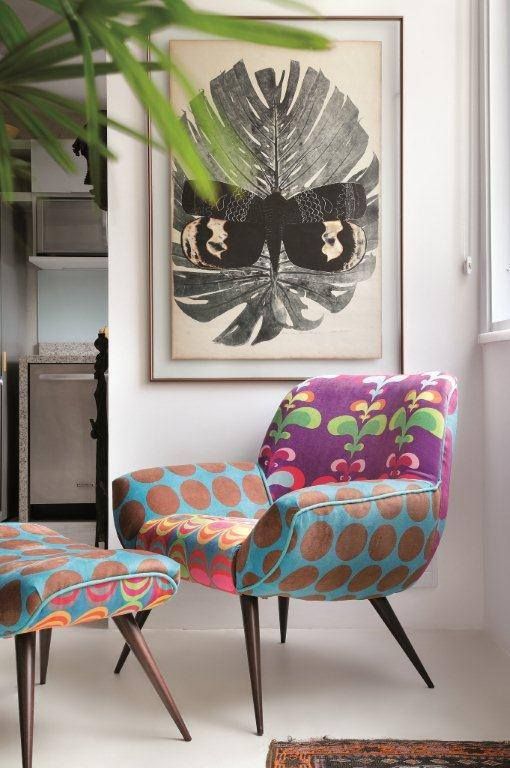The reason why bricks are increasingly used in the living room interior for wall decoration is understandable: this technique helps create a relaxed, slightly grunge setting with a special charm. In addition, the brick is a very effective material, practical and durable, and its use in the living room space is a fashion trend over the past few years..
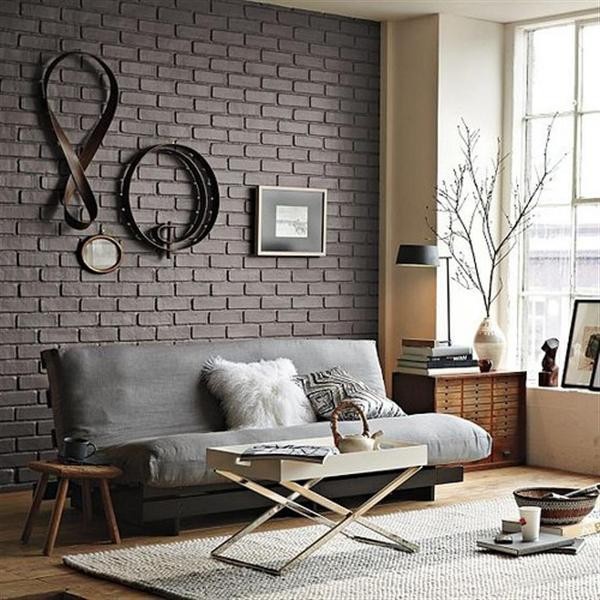
Brick wall in the room interior
Judging by the increasing popularity of brickwork in interior design and many positive reviews about it as the most stylish way of decorating walls, you can be sure that a room with a similar wall surface is a real and future trend in design.
In the 90s of the 20th century, bricking walls in a room was considered a bad manners, and generally unacceptable for residential interiors. Further, over time, this material began to be used in the design of public institutions with a thematic interior.
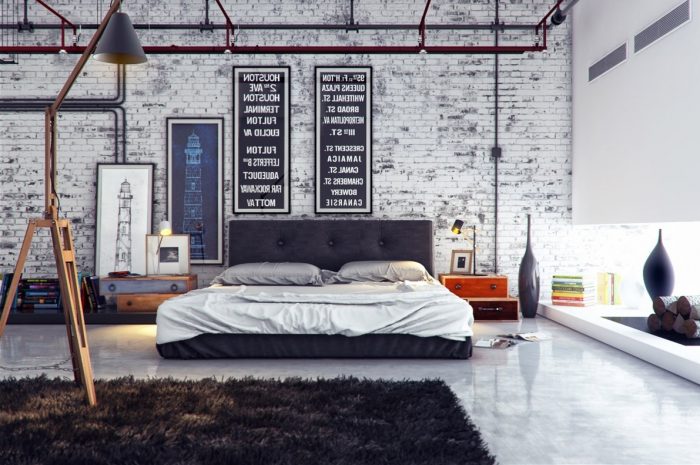
By the way, instead of a simple brick, an artificial stone was used in the form of thin and narrow tiles, often sand, gray or terracotta, so the walls were not completely covered, but only its protruding parts (pseudo columns, openings, portals). But the fashion tribute soon passed, and the impression of such a design remained unsteady and unclear.
Brickwork: types of wall cladding
Today, the most influential designers and architects use brickwork in their projects, while emphasizing that the design of the wall should look natural, therefore, the selected section of the wall is decorated completely from floor to ceiling. It seems that the brick surface was discovered during the repair work, and decided to preserve its beautiful natural texture in the interior.
Rustic
Rusting or rustic is called the facing of the external walls of the building or some sections on it with quadrangular stones, tightly fitted to one another, the front side of which is left uncut or roughly hewn. It is interesting that in the urban conditions of Ancient Rome, rustic was of practical importance: it effectively isolated the first floors of the building from moisture and noise.
Rusting should be used in the interior design of the living room, especially if the wall adjacent to the neighboring apartment passes all the noise from outside. In addition, rough simple masonry looks very colorful, and can be a great contrast for furniture with a graceful silhouette.
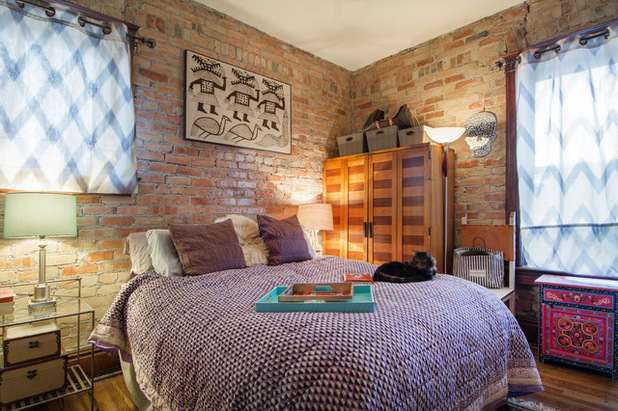
Wall-changer
This method of using brickwork looks original, for a moment making you wonder if you are indoors or outdoors outside. It is recommended to use a brick for facing walls with windows, laying out tiles in such a way as to imitate the exterior design of the building: emphasize openings, protruding parts and niches.
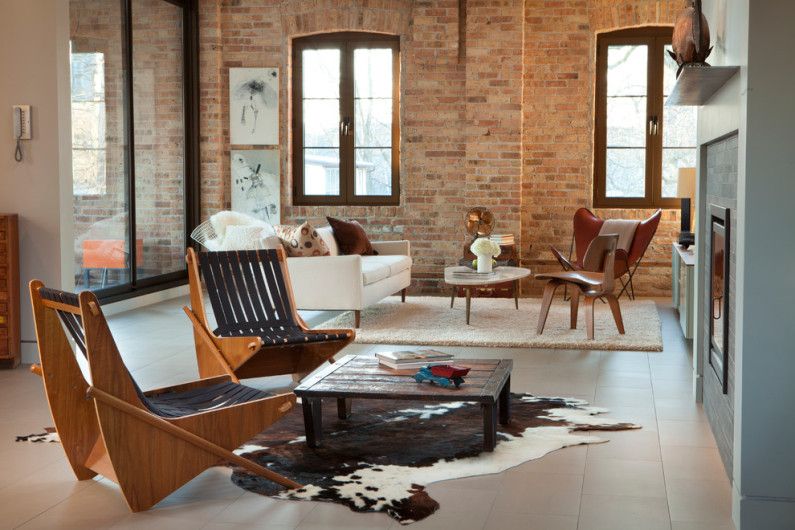
Rusting in the interior
Highlighted monumentality
If there are static partitions in the living room, their surface can be covered with masonry made of chipped bricks or thin stone tiles with a pronounced texture.
In the interior of a spacious living room, such a design looks very unusual, and helps, moreover, diversify the minimalist design, focusing on an ordinary, originally boring wall.

Brickwork: fireplace area
If the living room has a real fireplace, its electric counterpart or a pseudo-portal, it’s worth creatively approaching the issue of decorating it, because the heart of the room cannot be ignored.
Brick or masonry is the most organic addition to the hearth, even if it performs only a decorative function. So, in the furnace of a pseudo fireplace decorated with brick tiles, you can put candles or lamps with lampshades – the light will emphasize the relief and create fancy shadows on the wall surface.
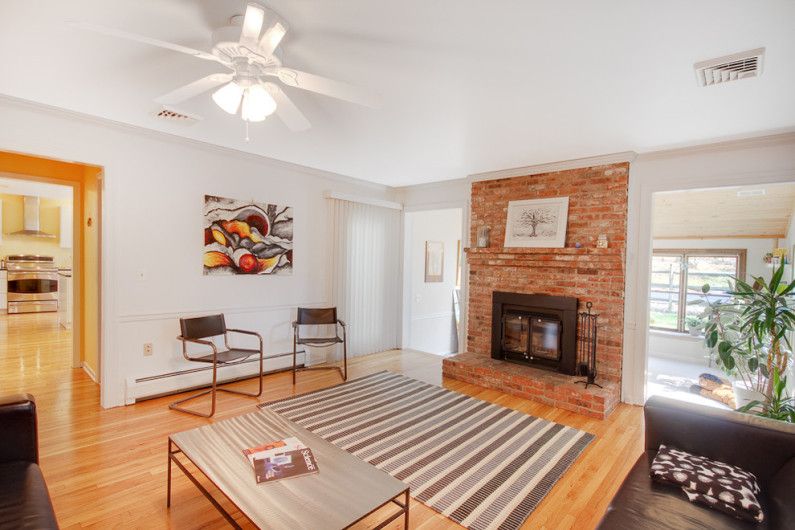
Brick accent wall
The smooth brickwork used to decorate one but large wall is what is needed to make various objects and objects with a pronounced texture appear more effectively on its background..
So, mirrors of a simple geometric shape look beautiful and incredibly stylish in frames or without them on a wall lined with rough brick. The original designer floor lamps, table lamps or sconces, as well as modern painting using the technique of volume acrylic will also stand out..
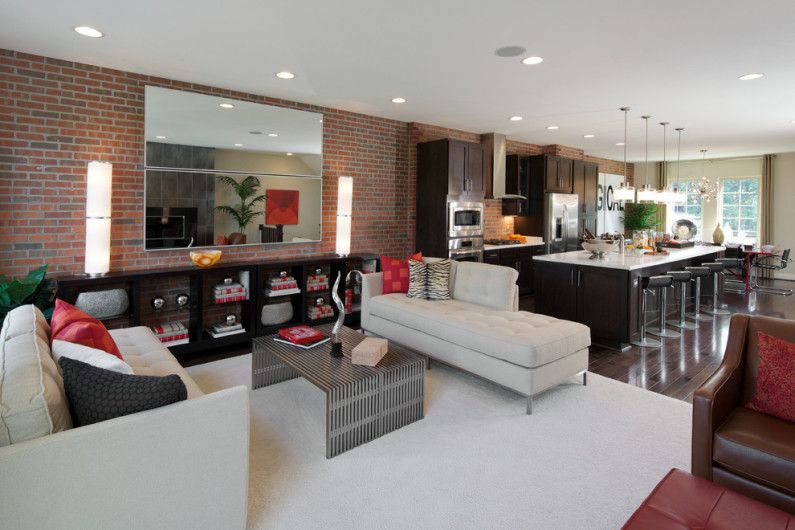
White color brickwork
The snow-white or cream-colored brickwork is so versatile that it can organically fit into many styles of interior design of living rooms, from classic to modern. In the walls, clad in white brick, you can create an atmosphere of light ease, dreamy boho, spiritual provenance or a fashionable loft, but the result will always be positive.
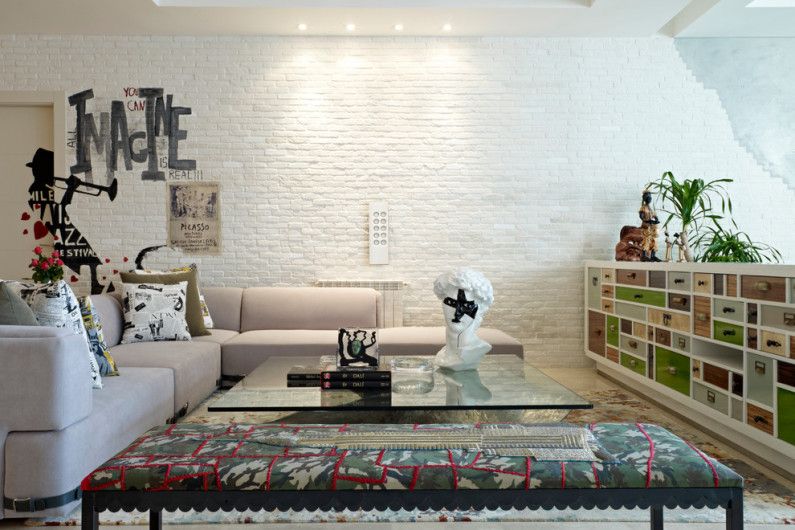
Brick Wall and Eclecticism
An important advantage of masonry is its ability to adapt to the already formed image of the room and the materials used in its arrangement. Therefore, in the living room, where wooden furniture and floors are installed, forged or stucco decorative elements, textiles made of cotton or velvet, you can safely use brick as a decoration for the site, or the surface of one of the walls completely.
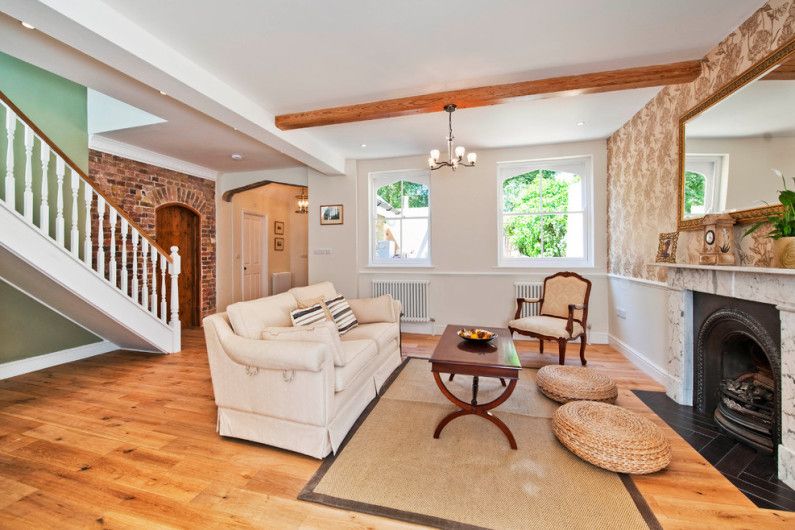
Industrial style: Loft
The interior, designed in the Loft style, can not do without the use of brickwork, which is considered one of its notable features. But in order for the room to have an emphasized industrial character, the brick cladding should look as if it had existed here for a long time, and saw the first owners of the apartment.
In a word, choose a brick with the effect of “antique” – a heterogeneous color, with chips and cracks. When laying the material, you can not worry about the fact that the mortar for the joints does not lie evenly, in some places accumulating in clots, because this is the whole charm of the masonry in an industrial style.
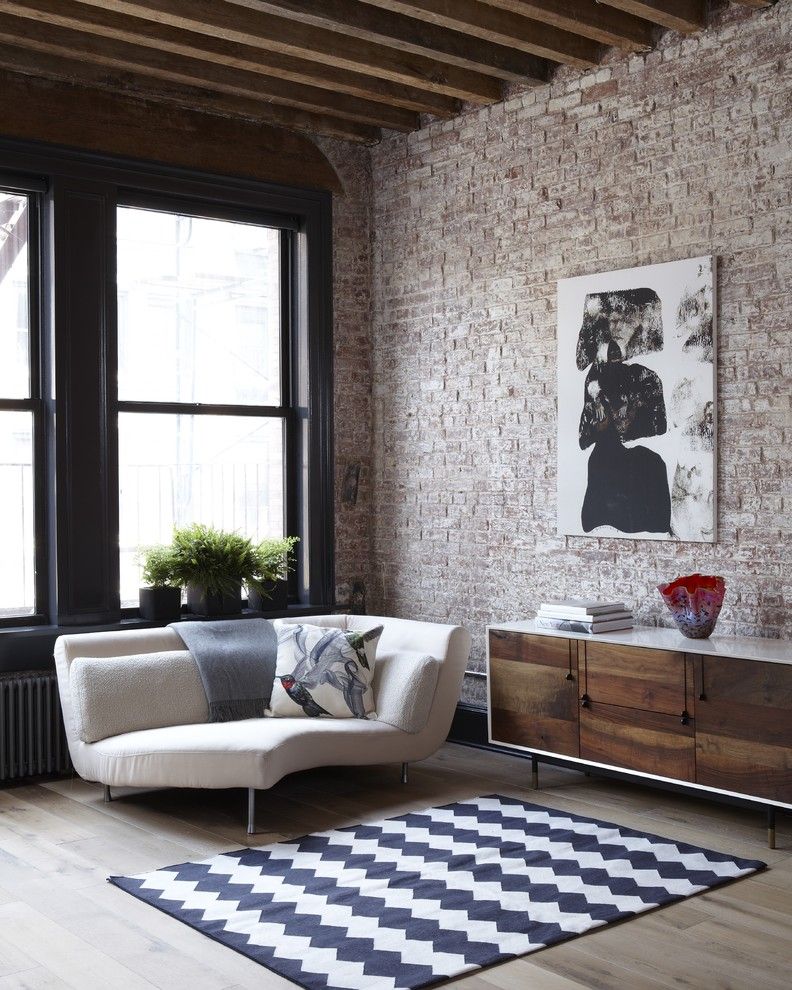
Exquisitely
Another, in our opinion, incredibly effective and very aesthetic way of applying brickwork in the interior of the living room. The surface of the brick wall should be puttied so that the relief of the material is not felt, but a unique masonry pattern is preserved. After that, you can tint the wall in a pastel neutral shade: powdery, ivory, light gray. This is a great option for the design of “female” living rooms, for example, in vintage style..
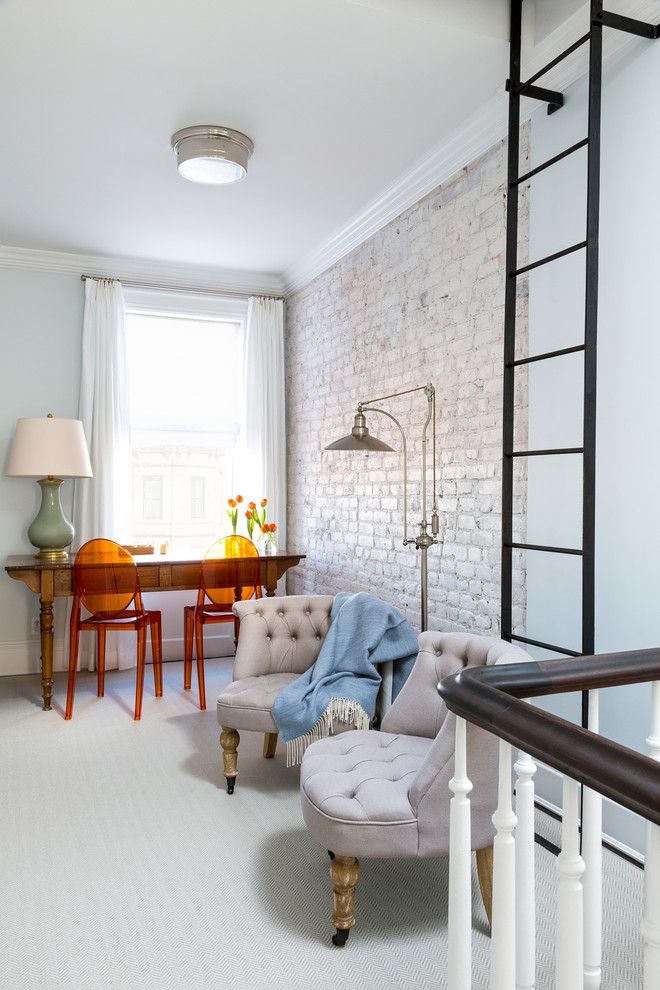
Actual painting of brick walls
Brickwork can look quite modern and even more charismatic if the wall is painted in a saturated color: dark blue, graphite, burgundy. The technique of painting brick walls also requires attention, and a rather serious approach, because a brick is a natural porous material that must be properly prepared first, pickled, putty, primed, and then proceed with painting in several layers in order to obtain the desired color or shade.
